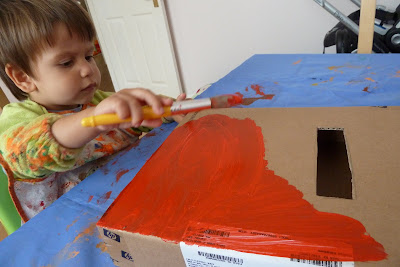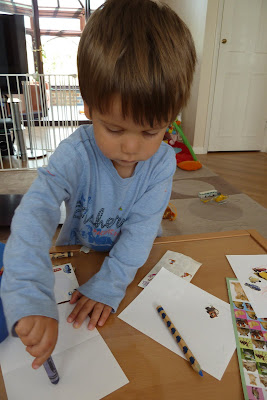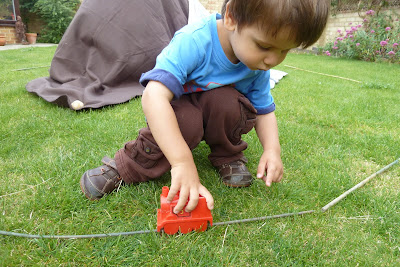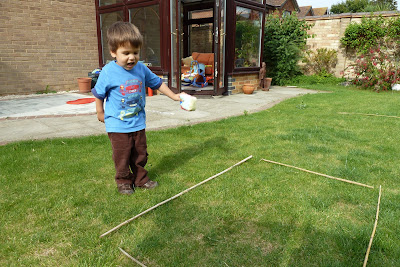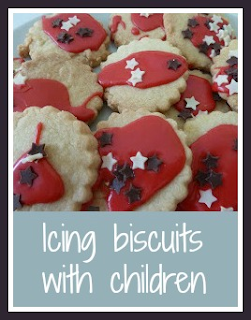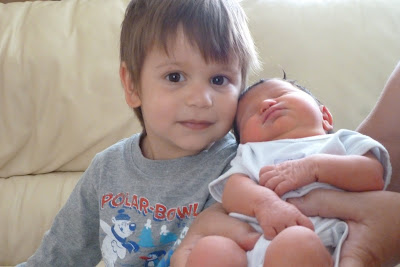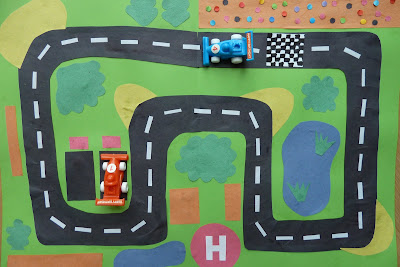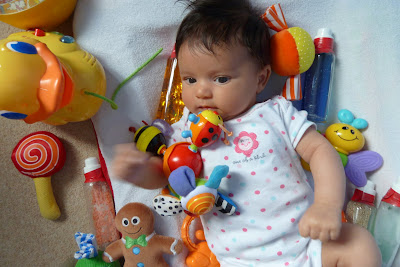It's about the size of a cereal box, but made of sturdier cardboard. I cut off the bottom, cut a slit in one side, then we painted it bright red.
While it was drying we made some letters. I used various odd envelopes, and we used stickers and crayons to decorate. I've since discovered that Twinkl Resources have a fantastic Post Office Role Play Pack (Twinkl subscriber resource) that is full of fun printables to make your own post office with signs and stamps that you can print out. On our Beach Themed Day we also made postcards using the blank postcard templates (free download) which would also work really well.
We made a letter for everyone in the house, plus one which Harry decided was for "People". He had a lot of fun making these!
Then when the postbox was dry Harry could post the letters.
I don't think that these letters will last very long, so I might make some more up and laminate them (I do love my laminator!) to make them a bit sturdier. When Harry is a bit bigger there is a lot of potential to develop this activity. I love the blog post on ikatbag where they have made not only a general postbox, but personalised individual ones for each member of the family! There are also loads of ideas on this blog for other things to make out of cardboard boxes.


